Our third week banding at the Straits was eventful in ways other than more northern saw-whet owls (NWSOs)! While we had early closures a few nights this week (30th, 3rd and 5th) due to more inclement weather, our weekly number was the highest yet with 55 owls captured and a season total of 90 owls. The night with the highest number of birds caught was the 2nd with 15 owls. For NSWOs that could be reliably sexed, we have 17 males to 58 females.
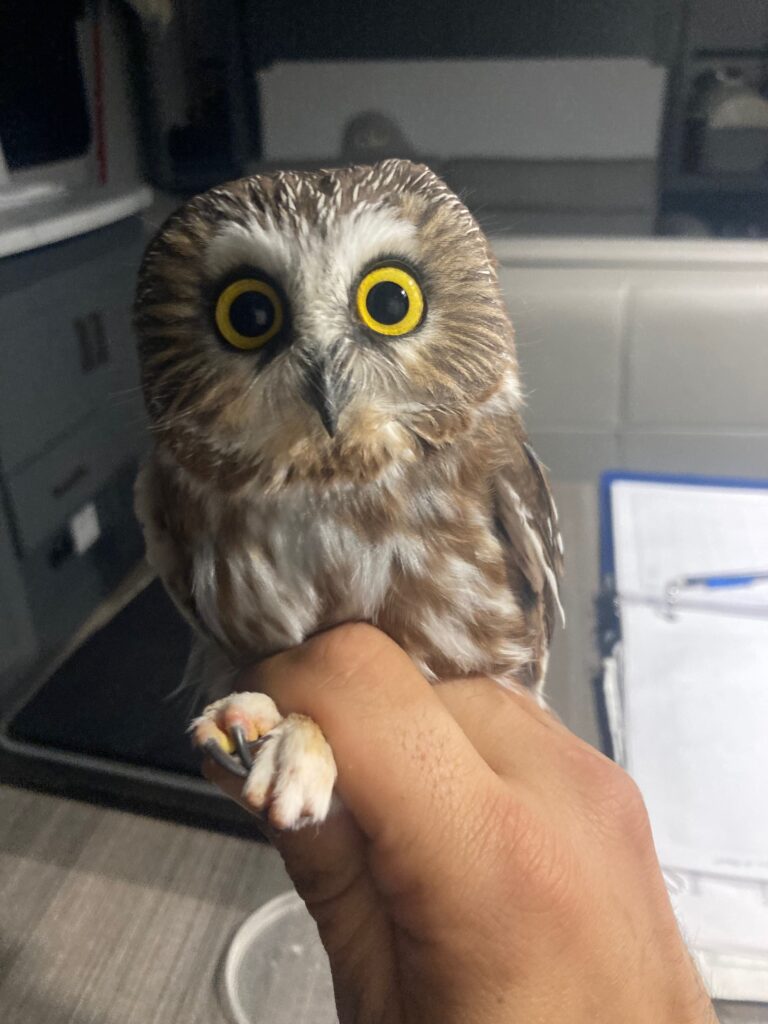
We captured our first birds other than NSWOs this week! Our first barred owl (BDOW) was captured on the 3rd after consistently hearing one near our banding station. Known for their hooting “who cooks for you?” call, these larger, more powerful owls actually prey upon NSWOs and are often captured because they are attracted to the audio caller we use to lure in the latter. It’s thus important for us to regularly check our nets throughout each night to make sure the smaller owls are not harmed.
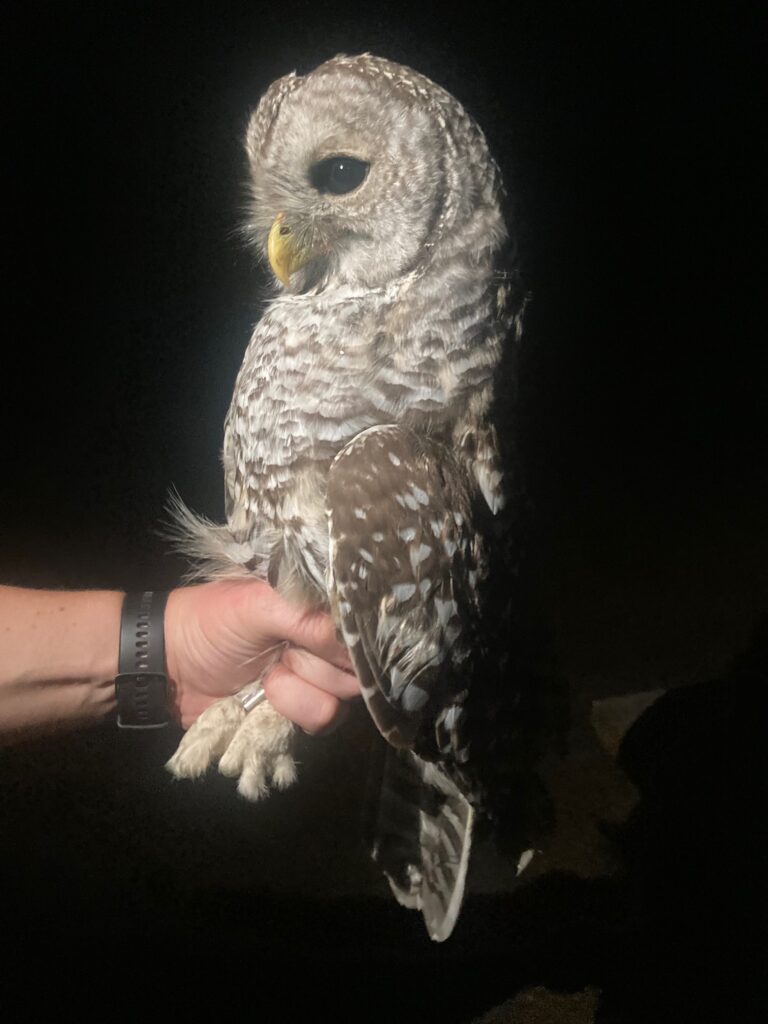
Two non-owl species caught this week include the American woodcock (AMWO) and white-throated sparrow (WTSP). Despite being a widely-studied denizen of upland and young forest habitats, the AMWO is actually a shorebird and taxonomically placed in the sandpiper family. They are well known for their elaborate courtship displays and using their long, prehensile bills to probe the ground for earthworms and other invertebrates. The WTSP is a familiar songbird across much of North America known for their facial markings and whistling calls.
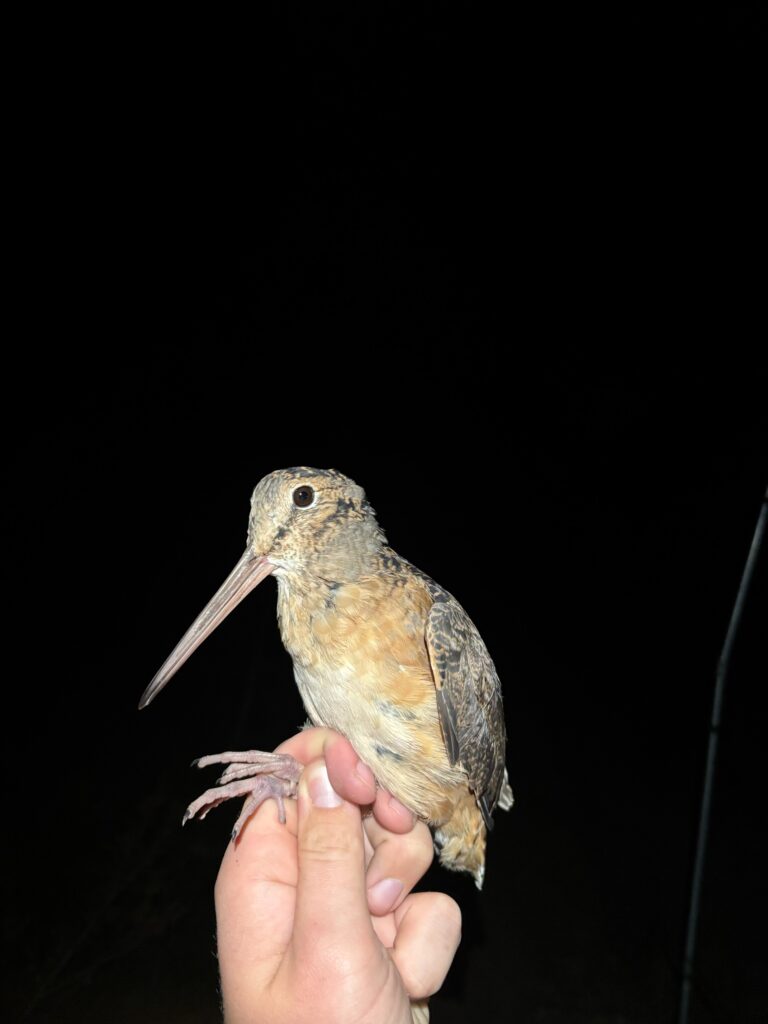
As mentioned last week, NSWOs display size-related sexual dimorphism where the females are, on average, larger than males. This can be difficult to notice visually, so we use the mass and wing measurements to determine the sex of each bird. A ruler is used to measure the wing or wing chord from the wrist joint to tip of the longest primary or flight feather, while the bird is safely inserted inside a can and weighed using an electronic scale. We have a helpful chart used for determining sex based on different mass and wing measurements. Some individuals fall into a gray area, however, where they could possibly be either sex and are thus categorized as unknown.
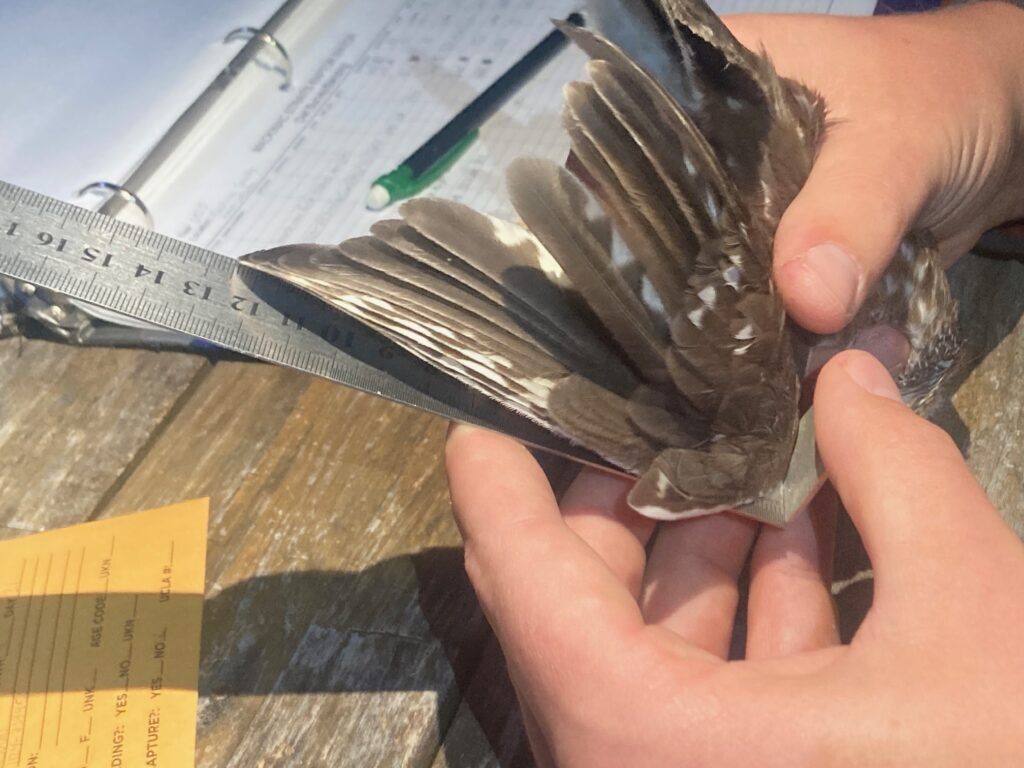
Other highlights from this week include our first group who visited to learn more about owls and banding, as well as a beautiful display of the aurora borealis. This week culminated with some warmer than expected temperatures, so we’re looking forward to hopefully more owls as the weather cools down!
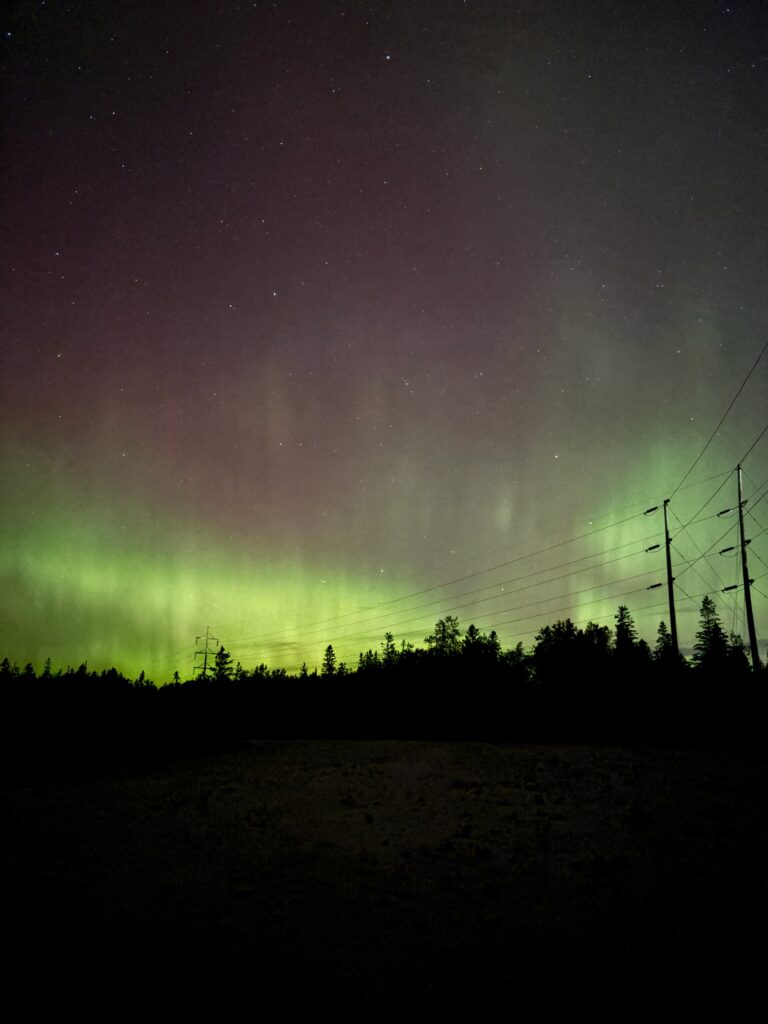
Season Numbers:
Total: 90, NSWO: 89, BDOW: 1
Jake and Josiah
